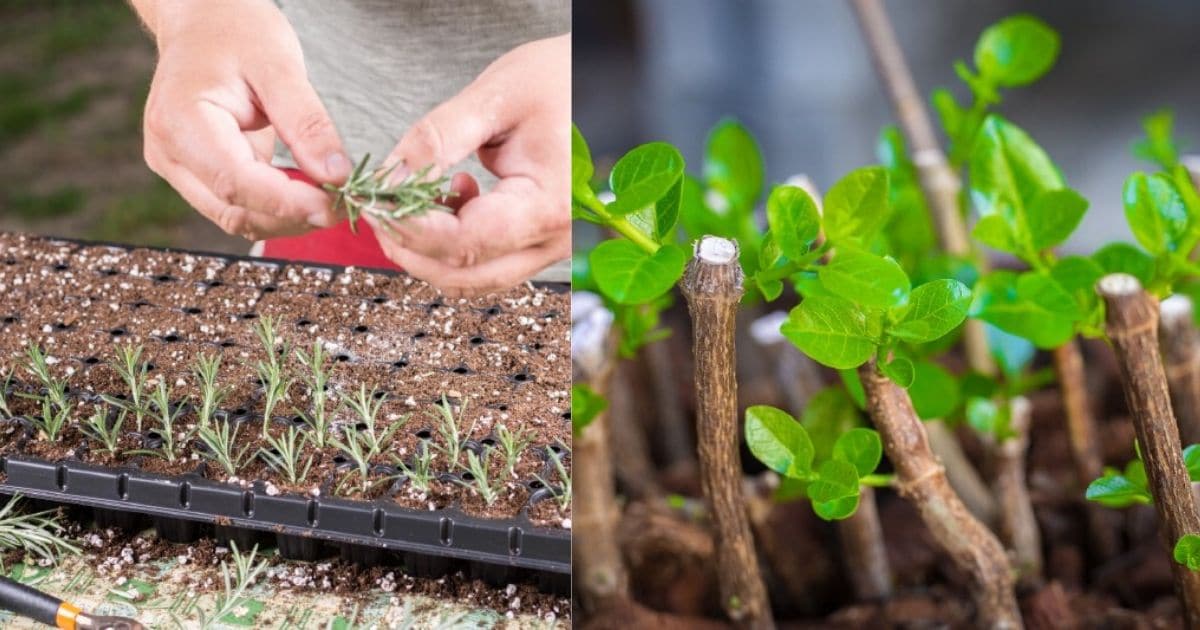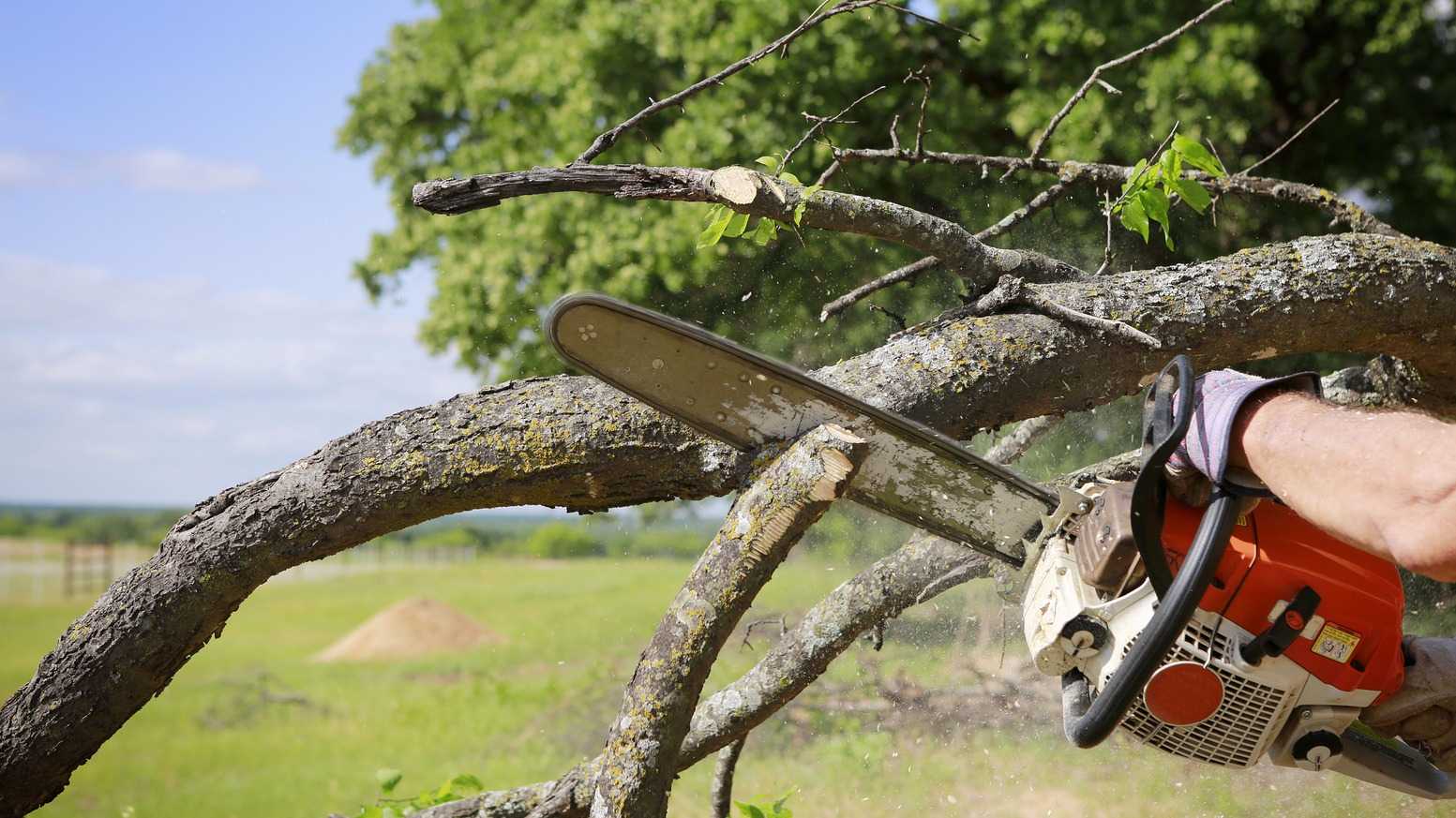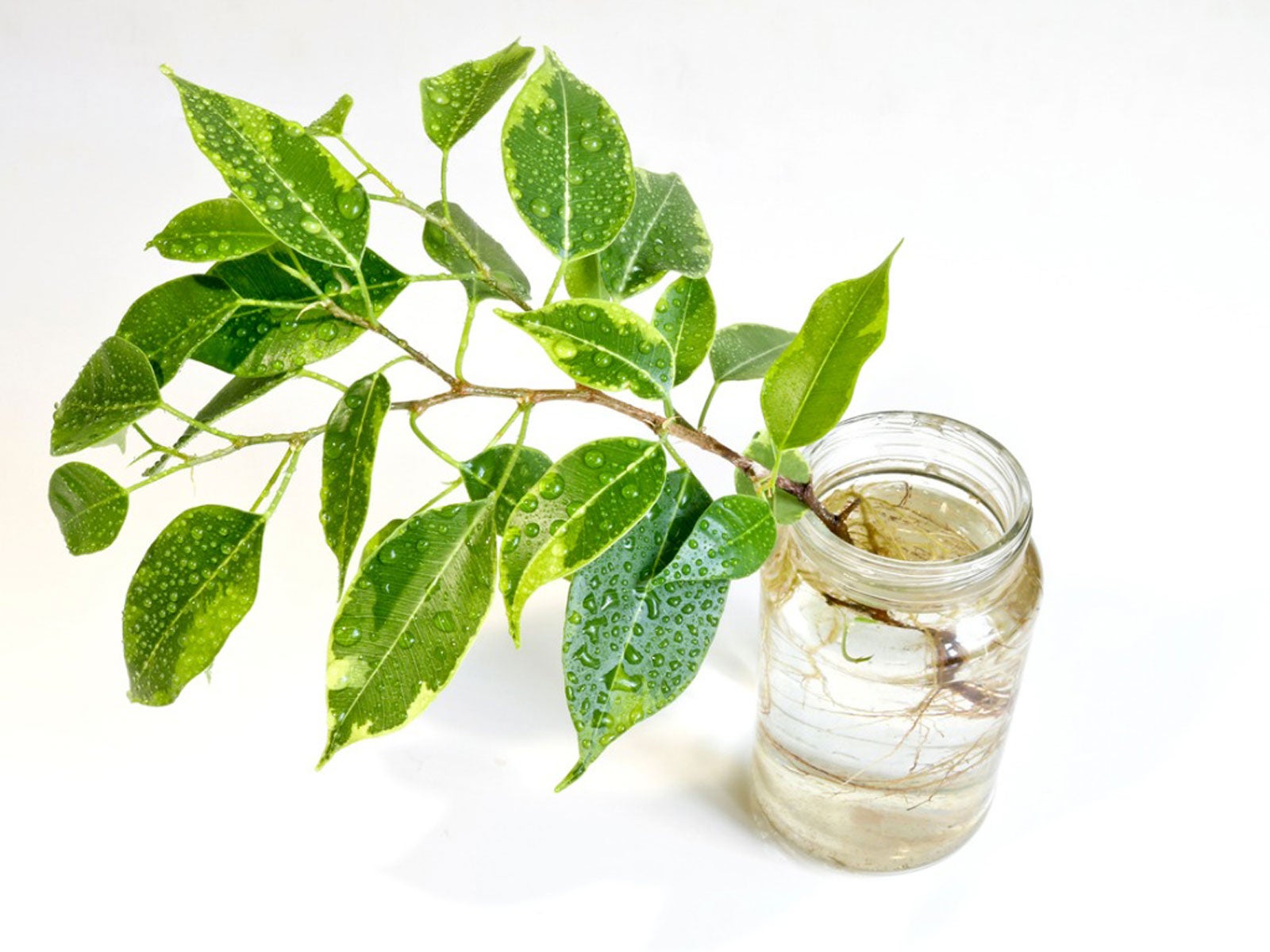The Magic of Tree Cuttings: How to Grow New Trees from Branches
Growing trees from cuttings is a fascinating and rewarding process that has been used for centuries to propagate new trees. This method of propagation offers several benefits, including cost-effectiveness, efficiency, and environmental sustainability. By using tree cuttings, individuals can reproduce their favorite tree species without the need for seeds, which can be time-consuming and unpredictable. Trees that grow from cuttings can thrive in a variety of environments, making them an ideal choice for gardeners, landscapers, and foresters.
One of the primary advantages of growing trees from cuttings is the ability to reproduce exact replicas of the parent tree. This is particularly useful for trees with desirable characteristics, such as fruit production, timber quality, or ornamental value. By taking cuttings from a mature tree, individuals can ensure that the new tree will exhibit the same traits, eliminating the uncertainty associated with seed-grown trees.
In addition to the benefits of exact replication, growing trees from cuttings can also be a cost-effective method of propagation. Seeds can be expensive, especially for rare or exotic tree species. Cuttings, on the other hand, can be taken from existing trees, eliminating the need for seed purchases. This method also reduces the time required for tree growth, as cuttings can be taken from mature trees and rooted quickly.
Furthermore, growing trees from cuttings can contribute to environmental sustainability. By reproducing trees using cuttings, individuals can reduce their reliance on seeds, which can be resource-intensive to produce. This method also promotes the use of existing tree material, reducing waste and the demand for new seeds.
Overall, growing trees from cuttings is a versatile and efficient method of propagation that offers numerous benefits. Whether you’re a seasoned gardener or a forestry professional, this technique can help you reproduce your favorite tree species with ease. With the right techniques and materials, you can unlock the full potential of tree cuttings and enjoy the rewards of growing new trees from branches.
Choosing the Right Tree Species for Cutting Propagation
Not all tree species are suitable for cutting propagation, but many popular varieties can be successfully grown from cuttings. Trees that grow from cuttings, such as willow, poplar, and eucalyptus, have certain characteristics that make them ideal for this method of propagation. These species tend to have a high rooting ability, which allows them to develop roots quickly and efficiently.
Willow trees, for example, are known for their ability to grow rapidly from cuttings. They have a high rooting percentage, and their cuttings can be taken from a variety of sources, including branches and stems. Poplar trees are another popular species for cutting propagation, as they have a high success rate and can be grown in a range of environments.
Eucalyptus trees are also well-suited for cutting propagation, as they have a high rooting ability and can be grown in a variety of conditions. They are often used for reforestation and landscaping projects, as they are fast-growing and can thrive in challenging environments.
Other tree species that can be grown from cuttings include oak, maple, and ash. These species may require more specific conditions and care, but they can still be successfully propagated using cuttings.
When selecting a tree species for cutting propagation, it’s essential to consider factors such as climate, soil type, and desired growth rate. By choosing a species that is well-suited to your environment and needs, you can increase the chances of successful propagation and enjoy the benefits of growing trees from cuttings.
In addition to the species mentioned above, there are many other types of trees that can be grown from cuttings. By experimenting with different species and techniques, you can discover the best methods for propagating trees in your specific environment.
Preparing the Perfect Cutting: Tips and Techniques
Preparing the perfect cutting is crucial for successful tree propagation. The quality of the cutting can significantly impact the chances of rooting and the overall health of the new tree. Here are some tips and techniques to help you prepare the perfect cutting:
Timing is everything when it comes to taking cuttings. The best time to take cuttings depends on the tree species and the climate. For most deciduous trees, the best time to take cuttings is in the spring or early summer, when the new growth is still soft and pliable. For evergreen trees, the best time to take cuttings is in the late summer or early fall, when the new growth has slowed down.
The ideal cutting size also varies depending on the tree species. Generally, cuttings should be around 6-12 inches long, with at least two nodes (the joint where a leaf meets the stem). This will give the cutting enough energy to develop roots and grow into a new tree.
Removing lower leaves is also essential for successful propagation. Leaves can consume a lot of energy, and removing them will help the cutting focus on developing roots. Leave only a few leaves at the top of the cutting, and make sure they are not too large or too small.
Another important factor to consider is the cutting tool. Use a sharp, sterile knife or pruning tool to take the cutting, and make sure to cut just above a node. This will help the cutting develop roots more easily.
Finally, make sure to handle the cutting with care. Avoid touching the cut end, as this can transfer bacteria and other diseases to the cutting. Instead, handle the cutting by the leaves or the stem, and make sure to plant it immediately.
By following these tips and techniques, you can prepare the perfect cutting for propagation. Remember to choose healthy, vigorous trees with the right characteristics for cutting propagation, and to provide the cutting with the right conditions for rooting and growth.
Rooting Hormones and Plant Growth Regulators: Do You Need Them?
Rooting hormones and plant growth regulators are substances that can enhance the rooting process of tree cuttings. These products can increase the chances of successful propagation and promote healthy root development. But do you really need them?
Rooting hormones are substances that stimulate root growth and development. They can be applied to the cut end of the tree cutting, and they work by increasing the production of root cells. There are several types of rooting hormones available, including indole-3-butyric acid (IBA) and naphthaleneacetic acid (NAA). These products can be found in various forms, including powders, liquids, and gels.
Plant growth regulators, on the other hand, are substances that regulate plant growth and development. They can be used to promote root growth, increase stem length, and enhance leaf development. Plant growth regulators can be applied to the tree cutting at various stages of growth, and they can be used in combination with rooting hormones.
While rooting hormones and plant growth regulators can be beneficial, they are not always necessary. Some tree species, such as willow and poplar, can root easily without the use of these products. However, other species, such as oak and maple, may require the use of rooting hormones to increase the chances of successful propagation.
When using rooting hormones and plant growth regulators, it’s essential to follow the instructions carefully. Overuse or misuse of these products can harm the tree cutting and reduce the chances of successful propagation. It’s also important to note that these products are not a substitute for proper care and handling of the tree cutting.
In addition to rooting hormones and plant growth regulators, there are other methods that can enhance the rooting process of tree cuttings. These include providing optimal growing conditions, such as adequate light, water, and nutrients, and using a well-draining potting mix.
By understanding the role of rooting hormones and plant growth regulators, you can make informed decisions about whether to use them when propagating trees from cuttings. Remember to always follow the instructions carefully and use these products in combination with proper care and handling of the tree cutting.
Planting and Caring for Your Tree Cuttings
Once you have prepared your tree cutting, it’s time to plant it and provide the necessary care for optimal growth. The key to successful propagation is to provide the right conditions for root development. Here are some tips on how to plant and care for your tree cuttings:
Soil Mix: The soil mix you use can make a big difference in the success of your tree cutting. A well-draining potting mix that is rich in organic matter is ideal. Avoid using regular garden soil, as it can compact and prevent proper drainage.
Watering Techniques: Watering is critical for tree cuttings, especially during the first few weeks after planting. Water your cutting thoroughly, but make sure not to overwater. Check the soil daily, and water only when the top inch of soil feels dry to the touch.
Light Requirements: Most tree species require bright, indirect light to photosynthesize and grow. However, some species may require more or less light, so make sure to research the specific needs of your tree species.
Temperature: Temperature is also an important factor in tree cutting propagation. Most tree species prefer daytime temperatures between 65-75°F (18-24°C) and nighttime temperatures around 55-65°F (13-18°C).
Fertilization: Fertilization is not necessary during the first few weeks after planting, as the cutting is still developing its root system. However, once the cutting has established a robust root system, you can start fertilizing with a balanced, water-soluble fertilizer.
Pest and Disease Control: Keep an eye out for pests and diseases that can affect your tree cutting. Regularly inspect your cutting for signs of infestation or infection, and take action promptly if you notice any issues.
By following these tips and providing the right conditions for growth, you can increase the chances of successful propagation and grow healthy, thriving trees from cuttings.
Common Challenges and Solutions: Troubleshooting Your Tree Cuttings
While growing trees from cuttings can be a rewarding experience, it’s not without its challenges. Here are some common issues that may arise and some troubleshooting tips to help you overcome them:
Rooting Failure: One of the most common challenges when growing trees from cuttings is rooting failure. This can be caused by a variety of factors, including poor cutting quality, inadequate rooting hormone, and insufficient moisture. To overcome this challenge, make sure to use high-quality cuttings, apply the right amount of rooting hormone, and provide consistent moisture.
Pest Infestations: Pest infestations can be a major problem when growing trees from cuttings. Common pests include aphids, whiteflies, and spider mites. To prevent pest infestations, make sure to inspect your cuttings regularly and use organic pest control methods whenever possible.
Disease: Disease can also be a major challenge when growing trees from cuttings. Common diseases include root rot, leaf spot, and powdery mildew. To prevent disease, make sure to provide good air circulation, water carefully, and use organic fungicides whenever possible.
Slow Growth: Slow growth can be a frustrating problem when growing trees from cuttings. This can be caused by a variety of factors, including inadequate light, poor soil quality, and insufficient nutrients. To overcome this challenge, make sure to provide sufficient light, use high-quality soil, and fertilize regularly.
By being aware of these common challenges and taking steps to prevent them, you can increase your chances of success when growing trees from cuttings. Remember to stay patient, persistent, and creative, and don’t be afraid to seek advice from experts if you need it.
Success Stories: Inspiring Examples of Trees Grown from Cuttings
Many people have successfully grown trees from cuttings, and their stories are a testament to the effectiveness of this propagation method. Here are a few inspiring examples:
One example is a nursery in California that specializes in growing trees from cuttings. They have successfully propagated thousands of trees using this method, including popular varieties like oak, maple, and pine. The nursery’s owner, a experienced horticulturist, attributes their success to careful attention to detail and a commitment to providing optimal growing conditions.
Another example is a homeowner in Australia who grew a beautiful eucalyptus tree from a cutting. The tree is now over 10 feet tall and provides shade and beauty to the homeowner’s garden. The homeowner credits the success of the tree to the use of a high-quality rooting hormone and careful watering and fertilization.
These success stories demonstrate the potential of growing trees from cuttings. With the right techniques and conditions, anyone can successfully propagate trees using this method. Whether you’re a seasoned horticulturist or a beginner, growing trees from cuttings can be a rewarding and fulfilling experience.
In addition to these success stories, there are many online resources and communities dedicated to growing trees from cuttings. These resources provide valuable information, tips, and advice from experienced growers, and can be a great way to learn more about this propagation method.
By sharing these success stories and providing resources and information, we hope to inspire and empower readers to try growing trees from cuttings. With a little patience and practice, anyone can successfully propagate trees using this method and enjoy the many benefits it provides.
Conclusion: Why Growing Trees from Cuttings is a Game-Changer
Growing trees from cuttings is a game-changing propagation method that offers numerous benefits and advantages. By using this method, you can save time and money, increase efficiency, and promote environmental sustainability. With the right techniques and conditions, anyone can successfully grow trees from cuttings, regardless of their experience or skill level.
One of the most significant advantages of growing trees from cuttings is the potential for cost savings. By using cuttings instead of seeds, you can avoid the costs associated with seed production, storage, and transportation. Additionally, cuttings can be taken from existing trees, eliminating the need for seedlings and reducing the overall cost of propagation.
Another benefit of growing trees from cuttings is increased efficiency. This method allows you to propagate multiple trees from a single cutting, reducing the time and labor required for seed production and planting. Additionally, cuttings can be grown in a controlled environment, reducing the risk of disease and pests.
Environmental sustainability is also a significant advantage of growing trees from cuttings. By using this method, you can reduce the demand for seeds and seedlings, which can help to conserve natural resources and promote biodiversity. Additionally, cuttings can be grown using sustainable practices, such as organic fertilizers and integrated pest management.
In conclusion, growing trees from cuttings is a game-changing propagation method that offers numerous benefits and advantages. By using this method, you can save time and money, increase efficiency, and promote environmental sustainability. Whether you’re a seasoned horticulturist or a beginner, growing trees from cuttings is a great way to propagate new trees and enjoy the many rewards of this method.









